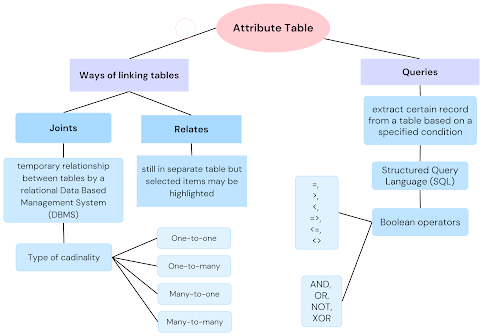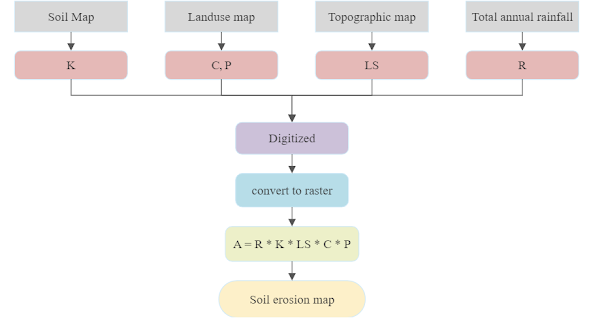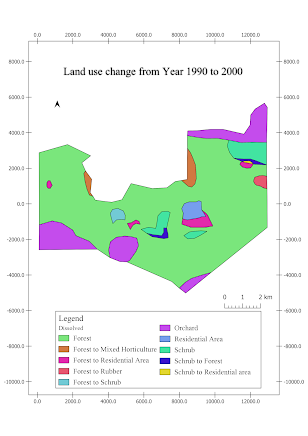Digital Image Analysis
.png)
Prior to the analysis of remote sensing systems, they undergo a pre-processing stage . However, the radiation received by satellite sensors is subject to various phenomena that introduce radiometric and geometric distortions. As a result, two types of correction are required: atmospheric correction and geometric correction. During the atmospheric correction, the light detected by the satellite sensor differs from the light reflected by objects on the Earth's surface. The radiation reaching the sensor, known as reflectance , is influenced by the presence of the atmosphere. In contrast, the unaltered radiation is referred to as radiance . To accurately interpret the characteristics of the Earth's surface, it is necessary to eliminate the atmospheric influence and obtain the true reflectance values. Geometric correction is a crucial step in image acquisition to address distortions that can result in significant disparities between the actual Earth coordinates and the correspo...
.png)


.png)
.png)



